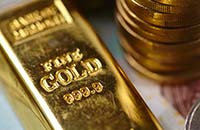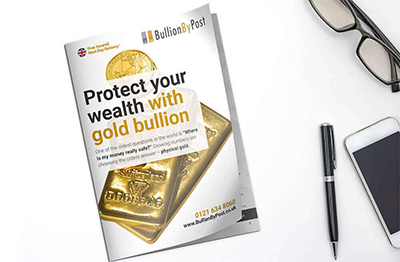Two Guineas
The Two Guinea piece, sometimes known as the double-guinea, was minted in England between 1664 and 1753. Originally worth forty shillings, its value was later increased to forty-two shillings in 1717 when the value of a Guinea was settled by royal proclamation. With limited production during its lifetime, the Two Guinea coin would make a fine addition to any collection.
The first Two Guinea piece was minted in 1664 during the reign of King Charles II. As the name suggests, much of the gold used in Guinea coins were provided by the Royal African Company, and many coins produced up to 1694 will feature an elephant/castle beneath the monarch’s head to signify this.
Two Guinea’s were typically 16.7 – 16.8 grams and 31-32 millimetres in diameter. This varied slightly due to the minting process and the fluctuating value of a Guinea. At the behest of Sir Isaac Newton, Master of the Mint, in 1717 the value of a Guinea was fixed to twenty-one shillings. The final Two Guinea coins were milled in 1753 as part of George II’s reign.











